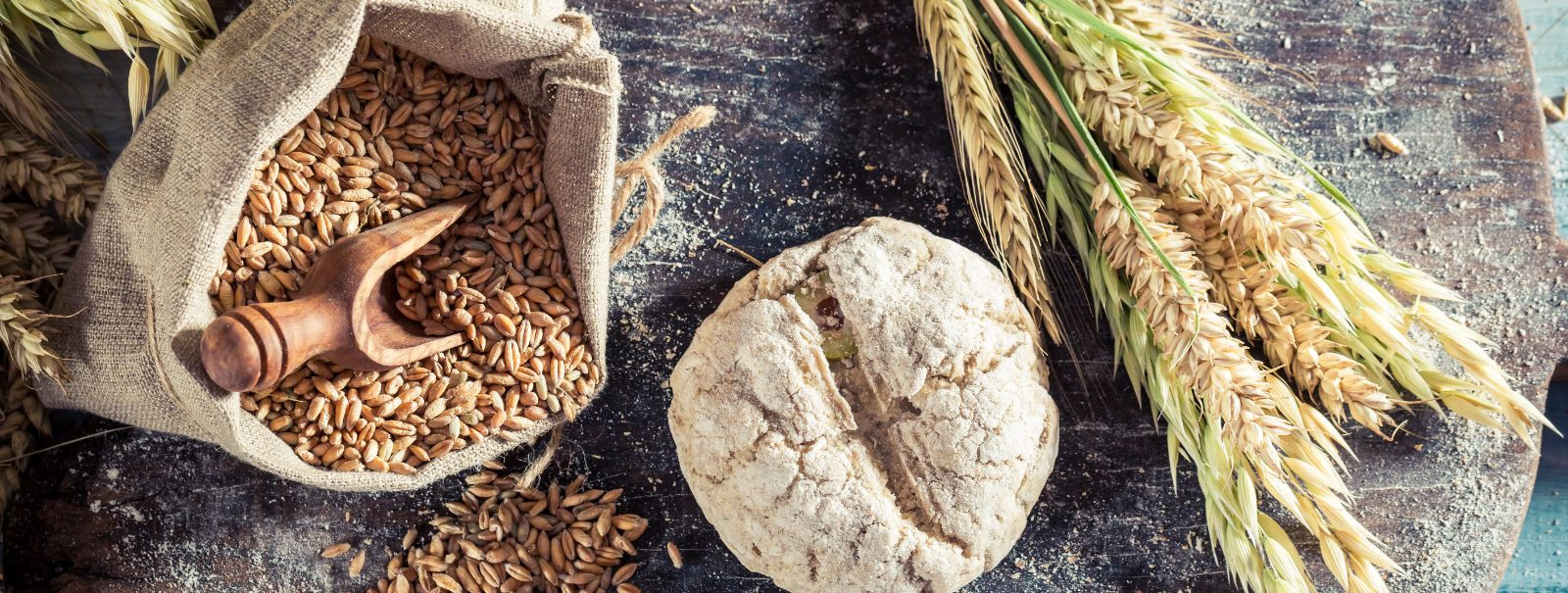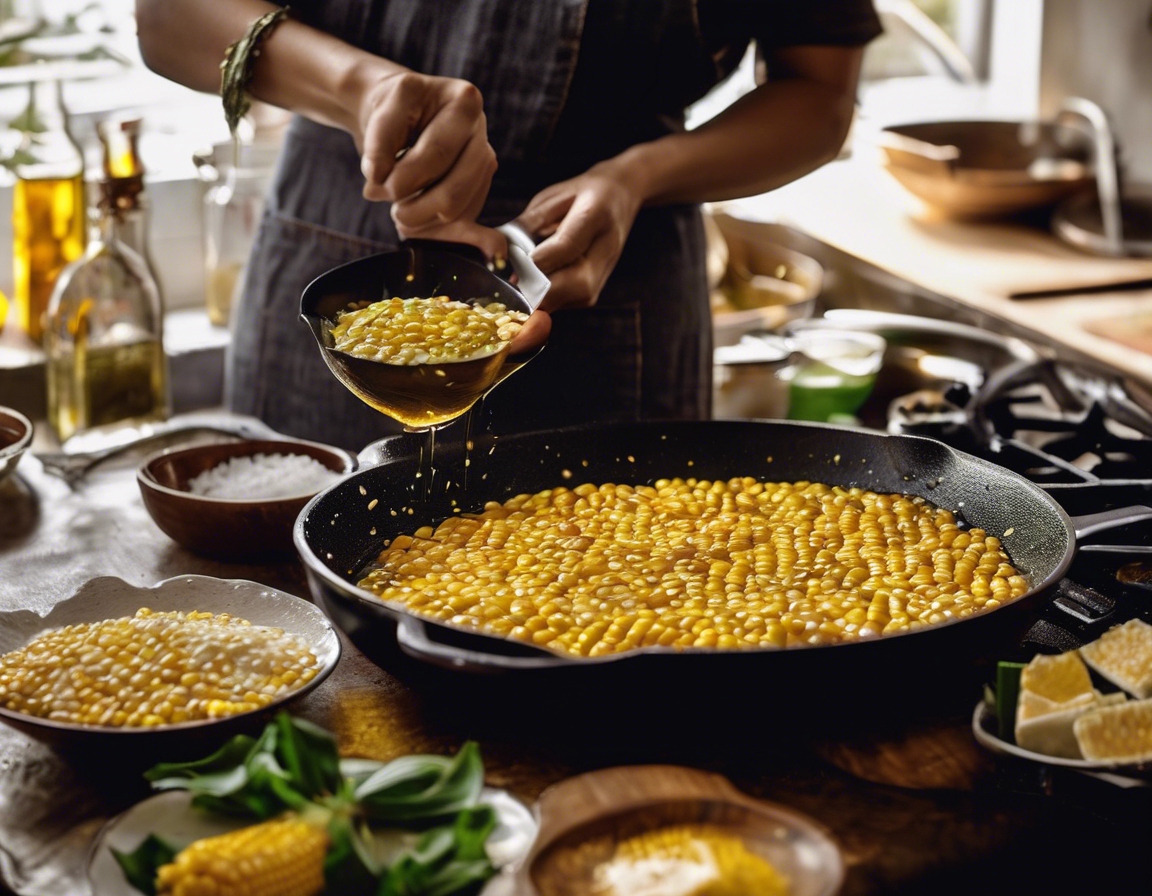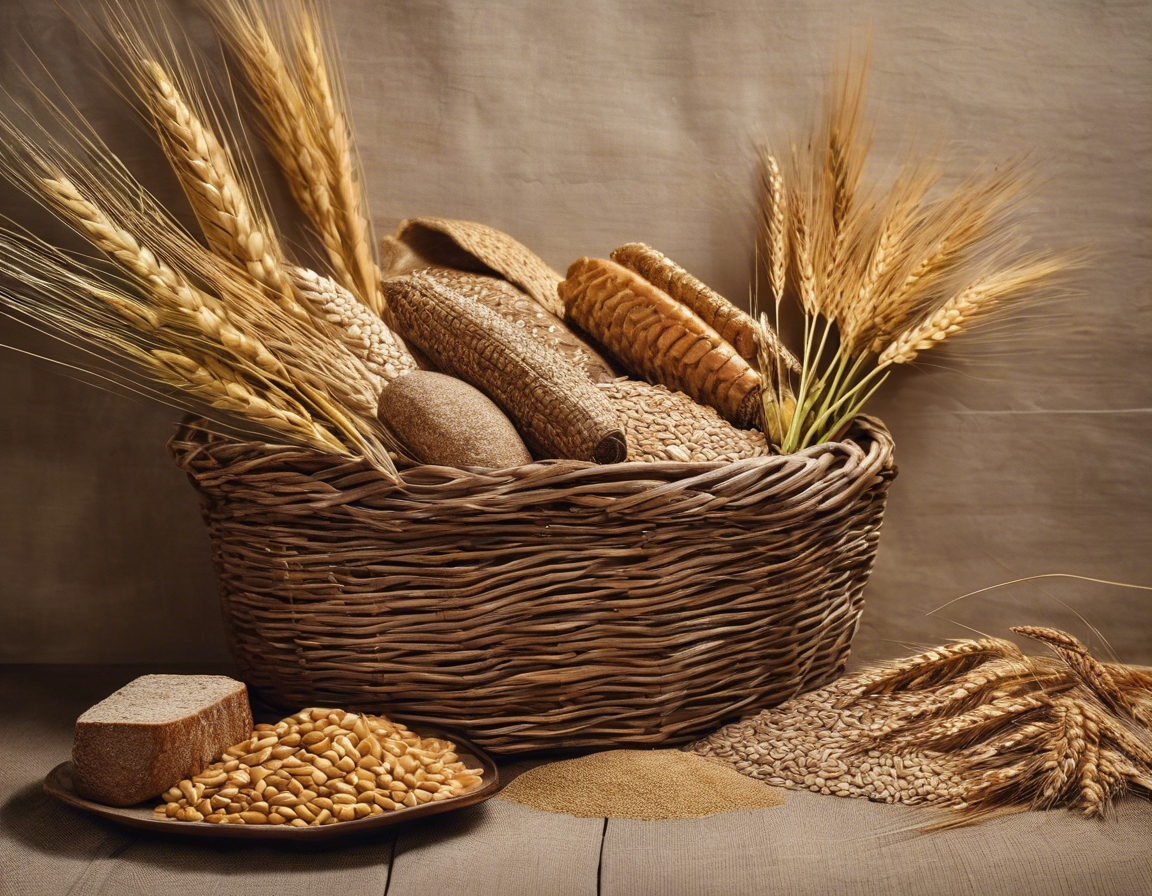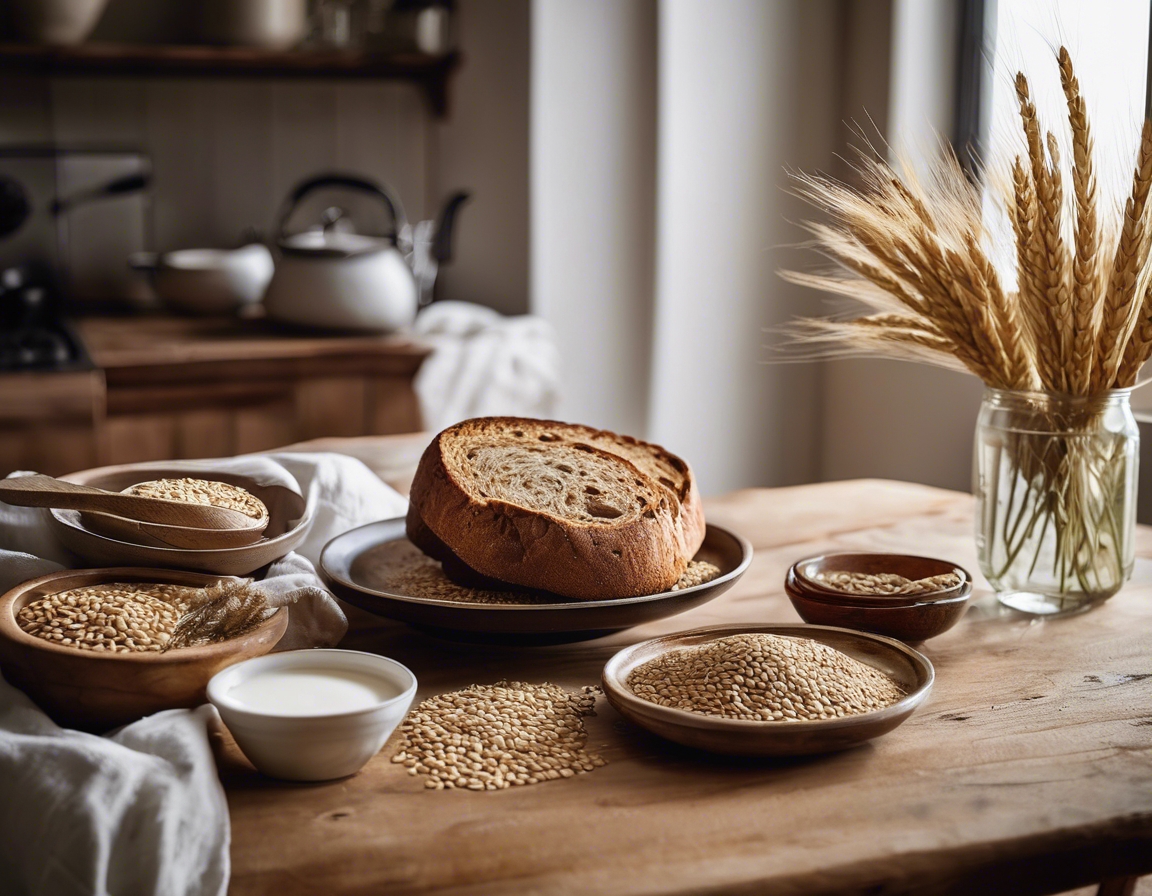Exploring the versatility of grain crops in modern cuisine
Grain crops have been a cornerstone of human diets for thousands of years, serving as a primary source of sustenance across various cultures. As we delve into the modern culinary landscape, grains continue to play a pivotal role, evolving from basic staples to versatile ingredients that enhance the complexity and nutritional value of our meals.
The Nutritional Powerhouse of Grains
Grains are rich in essential nutrients, including carbohydrates, dietary fiber, vitamins, and minerals. They provide a significant source of energy and are crucial for maintaining a balanced diet. Whole grains, in particular, are packed with antioxidants and phytonutrients that contribute to overall health.
Incorporating grains into your diet can lead to numerous health benefits, such as improved digestion, reduced risk of chronic diseases, and better weight management. The fiber content in grains aids in maintaining a healthy digestive system, while their complex carbohydrates provide sustained energy levels.
Popular Grain Varieties and Their Uses
Wheat is one of the most widely consumed grains globally, traditionally used in bread and pasta. However, its versatility extends to other culinary applications, such as couscous, bulgur, and wheat berries, offering diverse textures and flavors.
Rice is a staple food in many cultures, known for its adaptability in various dishes. From sushi and risotto to rice pudding and stir-fries, rice's versatility makes it a favorite in both traditional and modern cuisines.
Quinoa, often referred to as a pseudo-grain, is celebrated for its high protein content and complete amino acid profile. It is a popular choice for those seeking plant-based protein sources and can be used in salads, soups, and even as a breakfast cereal.
Barley, oats, and rye are traditional grains that have found new life in contemporary cuisine. Barley is often used in soups and stews, oats are a breakfast staple, and rye is gaining popularity in artisanal bread and craft beers.
Innovative Culinary Applications of Grains
Grains are a cornerstone of plant-based and vegan diets, providing essential nutrients and serving as a base for many dishes. They can be used to create meat substitutes, such as seitan, or as a hearty component in grain bowls and salads.
In the realm of gourmet cuisine, chefs are experimenting with grains to create innovative dishes that highlight their unique flavors and textures. From grain-based risottos to grain-infused desserts, the possibilities are endless.
Grains are not only versatile but also sustainable, requiring fewer resources to produce compared to animal-based foods. This makes them an environmentally friendly choice for those looking to reduce their carbon footprint.
The Role of Grains in Sustainable and Organic Food Movements
Grain cultivation has a relatively low environmental impact, especially when grown using sustainable practices. By choosing organic grains, consumers can support farming methods that prioritize soil health and biodiversity.
Organic farming practices for grains involve avoiding synthetic fertilizers and pesticides, promoting crop rotation, and enhancing soil fertility through natural means. These practices contribute to healthier ecosystems and more nutritious food.
Incorporating grains into a sustainable diet is not only beneficial for personal health but also for the planet. By choosing whole grains and supporting organic farming, individuals can make a positive impact on the environment.
Tips for Incorporating Grains into Your Diet
Incorporating grains into your diet can be simple and delicious. Try adding quinoa to salads, using barley in soups, or enjoying oats as a hearty breakfast. Experiment with different grains to discover new flavors and textures.
When selecting grains, opt for whole grains whenever possible, as they retain more nutrients. Store grains in a cool, dry place in airtight containers to maintain freshness and prevent spoilage.
For balanced meals, pair grains with a variety of vegetables, proteins, and healthy fats. This combination ensures a well-rounded intake of nutrients and keeps meals interesting and satisfying.








Comments (0)